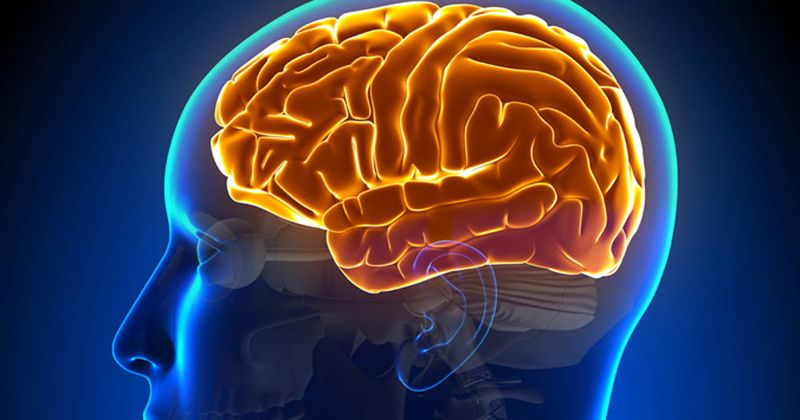Dichoptic training a ‘promising’ treatment for amblyopia in adults, children
Key takeaways:
- Evidence suggests that neuroplasticity in adults may be leveraged to improve vision in amblyopia.
- Binocular therapy, particularly dichoptic training, is a promising approach.
Binocular therapies that harness the plasticity of the adult visual system may improve vision in both children and adults with amblyopia, according to a review published in the European Journal of Ophthalmology.
While past research has established a high level of neuroplasticity in early development, Benjamin Thompson, PhD, professor of optometry and vision science at the University of Waterloo, and colleagues found that a growing body of evidence points to greater neuroplasticity in the adult visual system than previously suggested.

“Here we review the current evidence on how dichoptic training can be used as a novel binocular therapeutic approach to facilitate visual processing of input from the amblyopic eye and can simultaneously engage both eyes in a training task that requires binocular integration,” researchers wrote. “It is a novel and promising treatment for amblyopia in both children and adults.”
There are differing etiologies and types of amblyopia, and some research has suggested that treatment is only effective up to age 7 or 8 years, when brain plasticity is high. But more recent research has shown that humans maintain residual plasticity into adulthood, as opposed to reports of “an abrupt and complete drop” with age.
Hebbian and homeostatic plasticity are two major types of plasticity in the central nervous system, and both may factor in the treatment of amblyopia, researchers wrote. Hebbian plasticity is triggered by competitive input, while homeostatic plasticity stabilizes the input-output relationship.
Several treatment options exist for amblyopia, with varying degrees of success. Researchers found that refractive correction may improve vision in some adults with amblyopia, while occlusion therapy is usually ineffective beyond age 10 years. Atropine blurring therapy, despite having better adherence than patching, yielded similar results. Dichotic training is a form of binocular therapy that aims to improve vision by presenting different stimuli to both eyes, leveraging Hebbian plasticity and balancing neuronal activity.
“Dichoptic training, a novel binocular therapeutic approach, is promising, as it facilitates input from the amblyopic eye while simultaneously engaging both eyes in a training task that requires binocular integration,” Thompson and colleagues wrote. “In this way, amblyopia treatment is not just overcoming the dominance of the non-amblyopic eye but promotes binocular processing and integration to enable stereopsis.”

